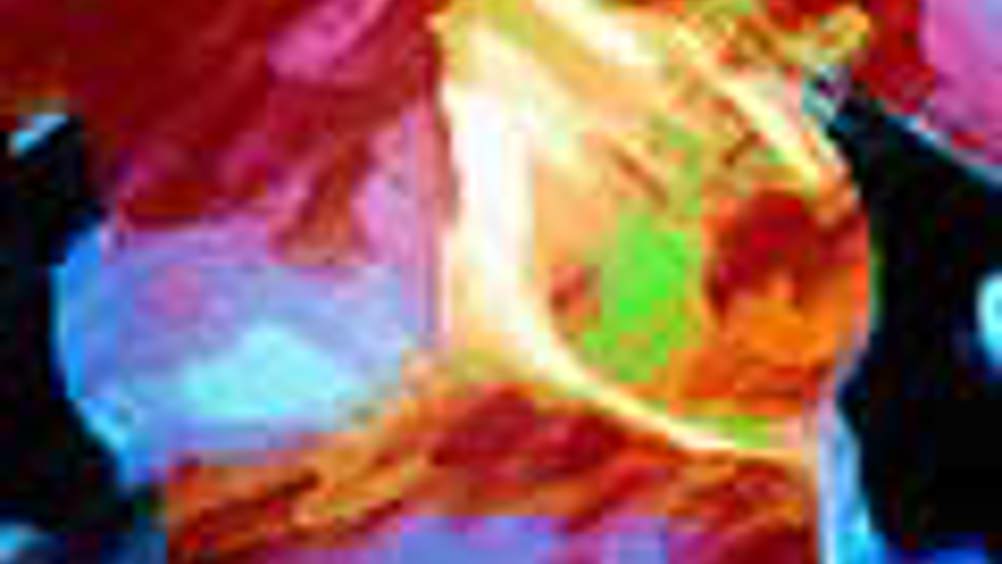Improved mammography
Researchers have found that digitised mammograms are interpreted more accurately once they have been “compressed” using techniques similar to those used to lessen memory demands of images in digital cameras.

A team of researchers has found that digitised mammograms, the X-ray cross sections of breast tissue that doctors use to search for cancer, are actually interpreted more accurately by radiologists once they have been “compressed” using techniques similar to those used to lessen the memory demand of images in digital cameras.
Though compression strips away much of the original data, it still leaves intact those features that physicians need most to diagnose cancer effectively. Perhaps equally important, digitisation could bring mammography to many outlying communities via mobile equipment and dial-up Internet connections.
“Any technique that improves the performance of radiologists is helpful, but this also means that mammograms can be taken in remote places that are under served by the medical community,” said Bradley J. Lucier, who developed the file-compression method and is a professor of mathematics and computer science at Purdue University, West Lafayette. “The mammograms can then be sent electronically to radiologists, who can read the digitised versions knowing they will do at least as well as the original mammograms.”
Register now to continue reading
Thanks for visiting The Engineer. You’ve now reached your monthly limit of premium content. Register for free to unlock unlimited access to all of our premium content, as well as the latest technology news, industry opinion and special reports.
Benefits of registering
-
In-depth insights and coverage of key emerging trends
-
Unrestricted access to special reports throughout the year
-
Daily technology news delivered straight to your inbox










BEAS funding available to help businesses cut energy costs
And not a moment too soon, if the following exchange broadcast last Friday 13th June, on the Radio 4 ´Rare Earth´ program (link below, ~ 17 minutes...